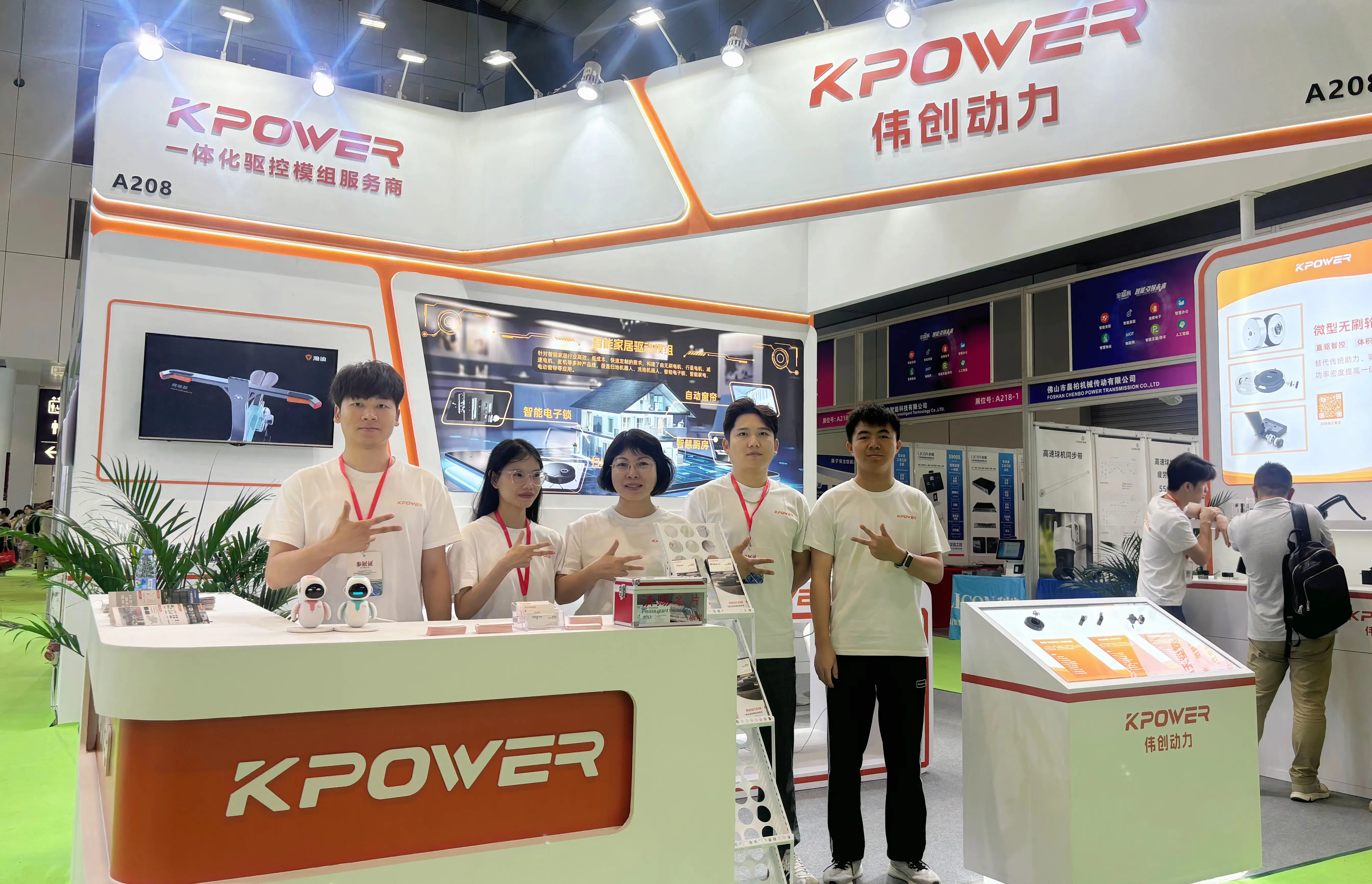In the vast universe of electromechanical devices, few components have achieved the level of versatility, efficiency, and ingenuity as the DC gearbox motor. These compact yet powerful units exemplify the seamless integration of motor technology and mechanical gear systems, creating a driving force behind modern automation, robotics, and countless industrial applications.

At their core, a DC gearbox motor combines a standard direct current (DC) motor with a gear reduction system—a carefully engineered gear box—that significantly enhances torque output while reducing the motor’s rotational speed. This clever pairing results in a device that can deliver high torque at low speeds, making it ideal for applications requiring precise control, steady motion, and reliable performance.
The basic principle is straightforward but brilliantly effective. The DC motor, energized by a direct current supply, produces rotational motion. However, in many industrial tasks—like lifting, moving heavy loads, or precise angle positioning—the raw power and speed of a typical motor are not enough; control and torque are paramount. That's where the gearbox comes in, acting like a mechanical translator that transforms the motor’s rapid, low-torque rotation into a slow, high-torque output.
This transformation is achieved through multistage gear trains—typically spur gears, worm gears, or planetary gears—designed to multiply torque and diminish rotational speed. The ratio of these gears determines the final output: a higher gear reduction results in greater torque but lower velocity, perfect for applications like robotic arms, conveyor belts, or camera systems where precision and strength are key.
One of the most attractive features of DC gearbox motors is their adaptability. They come in a wide array of sizes, gear ratios, and voltage ranges, allowing engineers and designers to fine-tune their systems according to specific needs. From tiny micro-gear motors used in medical devices to large units powering industrial machinery, the variety is staggering.
For instance, in robotics, these motors facilitate delicate movements and accuracy, enabling robots to perform tasks like assembly, welding, or even surgery with extreme precision. In the automotive world, they help power electric windows, adjustable seats, and even some components of autonomous vehicles through reliable, compact, and efficient motor systems. Their role in home automation—controlling shades, locks, and appliances—also grows with technological advancements.
Another layer of appeal resides in their efficiency and durability. High-quality DC gearbox motors are designed for prolonged use with minimal maintenance, thanks to sealed gearboxes that protect internal components from dust, dirt, and moisture. This robustness ensures they can operate reliably in harsh environments, a necessity in industries like manufacturing, agriculture, and aerospace.
Furthermore, the integration of electronic controllers with gear motors enables variable speed and torque adjustments through simple voltage or current changes. This electronic modulation unlocks a world of control options—speed profiles, programmable motions, feedback loops—all of which are critical for automation and advanced robotics.
Cost-effectiveness also contributes to their widespread use. Compared to other motor and gear system combinations, DC gearbox motors often provide a balanced mix of affordability, performance, and ease of integration. They don’t require elaborate power management systems and can be dimensioned to fit into tight spaces, making them a preferred choice in designs where space and budget are constrained.
The choice of gear type further influences performance characteristics. Spur gears are common due to their simplicity and efficiency, suitable for light to moderate loads. Worm gears, on the other hand, provide high reduction ratios with self-locking capabilities—valuable in applications like locks or positioning systems where back-driving must be prevented. Planetary gear systems, known for their high power density and compact form, are ideal for high-torque, high-precision needs.
As technology advances, innovations like brushless DC (BLDC) gear motors are emerging, offering even greater efficiency, reduced maintenance, and longer lifespan. Such developments are pushing the limits of what DC gearbox motors can achieve, paving the way for smarter, more reliable automated systems across industries.
In conclusion of this first part, the world of DC gearbox motors is rich with engineering ingenuity and practical benefits. Their ability to convert simple electrical energy into controlled, high-torque mechanical motion makes them the backbone of many modern machines and systems. Whether in robotics, automotive, industrial automation, or consumer electronics, these motors are quietly powering progress, combining mechanical prowess with electronic finesse.
Stay tuned for the next installment, where we’ll delve deeper into the applications, innovations, and future trends shaping the evolution of DC gearbox motors, along with tips on selecting the right motor for your project.
Established in 2005, Kpower has been dedicated to a professional compact motion unit manufacturer, headquartered in Dongguan, Guangdong Province, China.




































